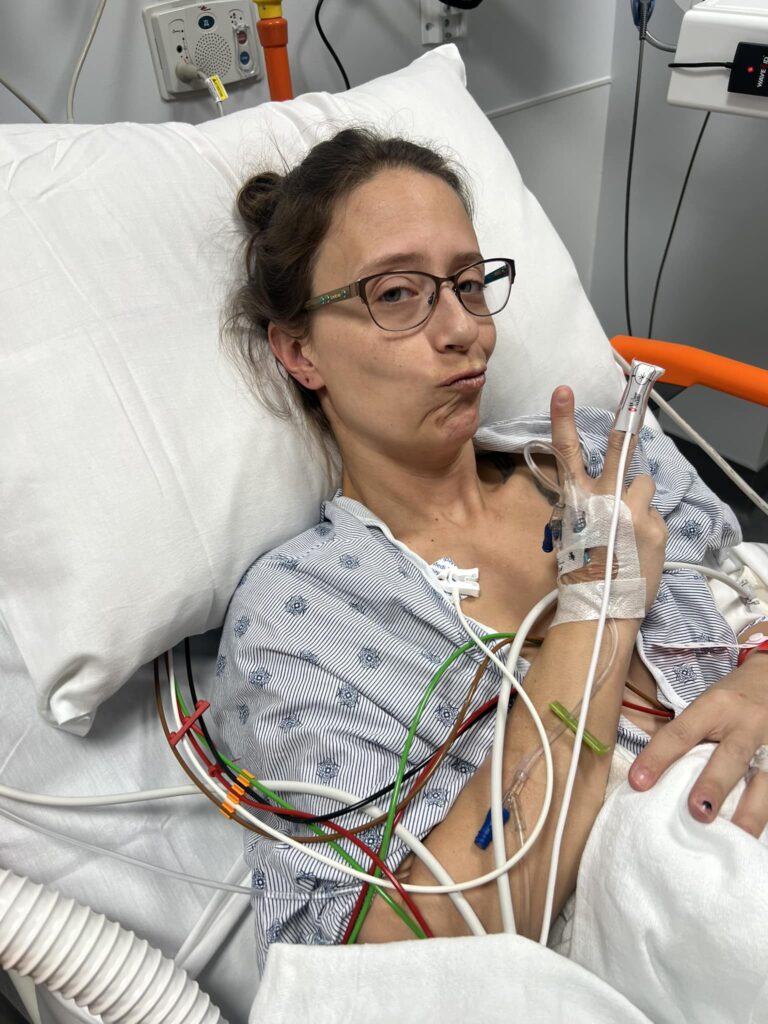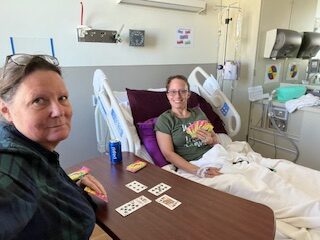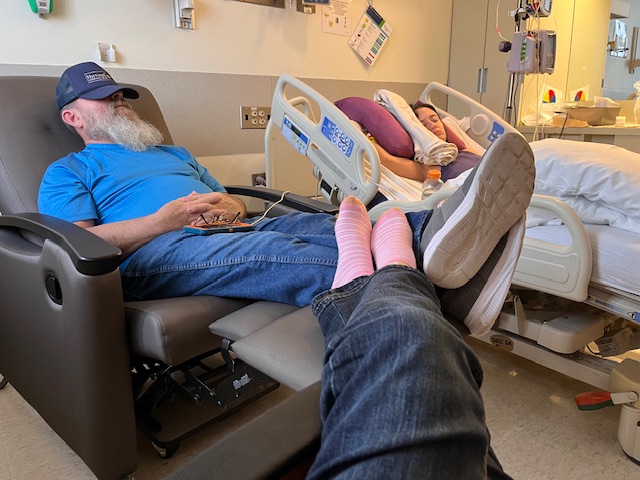This is a hard subject to write about as it is near and dear to my heart.
Like many of you, I had never heard of gastroparesis before, and certainly never knew anyone who suffered from this disease which has no cure. In 2016, my daughter, Kimberly, began feeling full after eating one or two bites of food. She would have bloating and severe pain of the stomach and would throw up several times per day. She would go to the doctor, and nothing would show up in any of their testing. She had several foods that were considered “safe” foods…mashed potatoes, smoothies, oatmeal, cream of rice, and rice. Soon, even these were making her sick. It seemed like every month she was going to the emergency clinic for dehydration due to uncontrolled regurgitation (vomiting) and pain. After a couple bags of saline solution, along with meds for nausea and pain, she would be sent home.
Finally, in 2018 we had some answers (of sorts). After participating in a GES (gastric emptying study), which was comprised of eating some eggs containing a radioactive isotope. After eating this delicious breakfast, she had images taken at various intervals (30 min, I hour, 2 hours, 4 hours) to see how much of the food was remaining in her stomach. After 4 hours less than 10% of your meal should be left in your stomach, Kim had over 60% remaining.
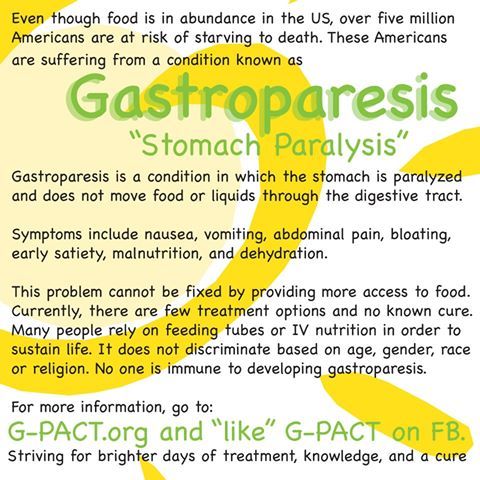

Kim was officially diagnosed with gastroparesis, and our long journey of education and advocacy was just beginning.
Kim had always been a healthy weight for her 5″1″ frame (approximately 115 lbs.). The end of 2020 Kim had drastically dropped weight, she was now 85 lbs., and losing weight daily. Her doctors put her on TPN (Total Parenteral Nutrition) administered by a PICC line (peripherally inserted central catheter) in February 2021. She was attached to an IV pole each night with her formula. A home health nurse came weekly to run blood tests, weigh her, change dressings, etc. This information was used to adjust the vitamins, protein, and electrolytes in her formula for the week. Approximately 30,000 people receive 100% of their nutrition through their veins. With TPN feedings it is harder for the body to regulate its blood sugar levels. Kim also had infections in her PICC line, which resulted in the removal of the line.


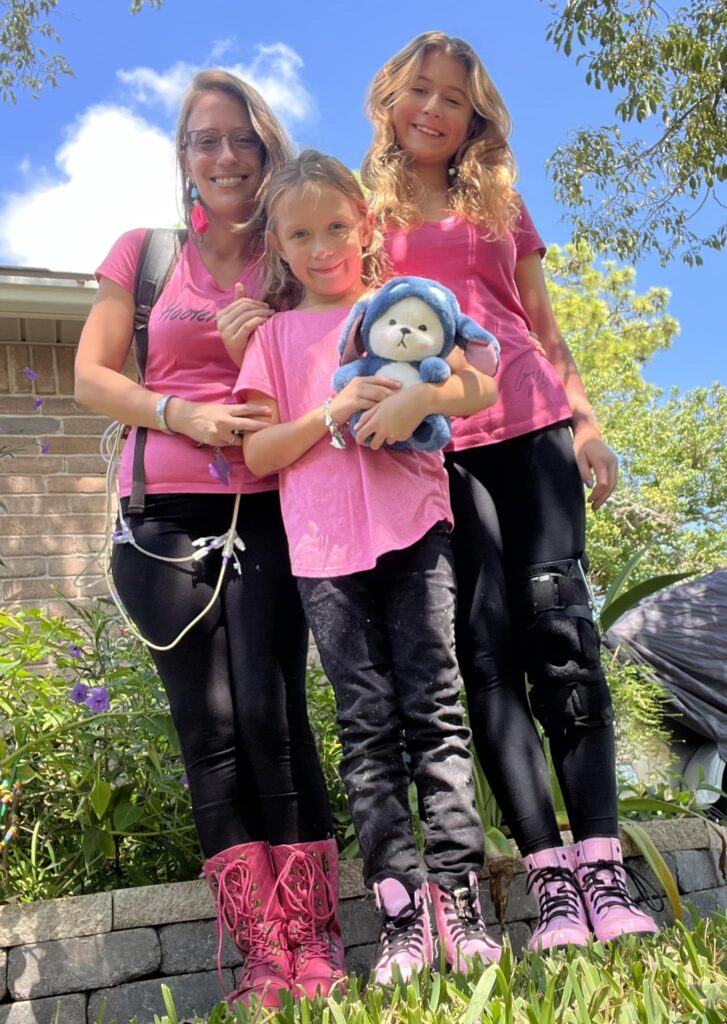
The next step in the journey (May 2021) was the surgical insertion of a gastric stimulator (pacemaker), a pyloroplasty, and the insertion of a g-tube (gastrostomy tube). The gastric stimulator is a programmable device that generates electrical pulses which force the stomach to contract at certain intervals. A pyloroplasty widens the opening at the lower end of the stomach, known as the pylorus. This allows the contents of the stomach to pass into the first part of the small intestine. The g-tube gives direct access to the stomach for formula, hydration, venting air and gastric acid, and medicine. This happened at the perfect time. My husband retired in April, and I retired in May, so we were able to help with our granddaughters while Kim was down for the count with this extensive surgery. Kim gained weight and began having energy and stamina to do things again.
But…this was only the beginning, not the end. The constant nausea, throwing up, diarrhea, and monthly trips to the ER were taking its toll. It was determined that the formula was sitting too long in her stomach, and that was what was making her sick. The doctors decided to use her current stoma to replace the g-tube with a g/j tube (gastrostomy/jejunostomy). This is a tube that enters through the stomach and is threaded into the small intestine. The outside of the tube has 3 ports, which serve different purposes. The gastric port is used to vent air, drain stomach acid, and administer medicines. The jejunal port which sits in your small intestine is used for feeding. The third port is for the balloon which is inside your stomach and prevents the tubes from backing out of your body. Yay!!!!! She is at a healthy weight and all seems to be going well. She is still throwing up, but it seems to be manageable. Still going to the local ER clinic for nausea, pain, and fluids on a monthly basis.
Then the nausea gets out of hand. In the past 7 months, she has thrown up her g/j tube six times. Most of the time it stays coiled in her stomach, one time she threw up so hard it wound up in her esophagus. As you can imagine, none of this is pleasant. It is painful and means that she is not getting any nutrition as she has to drain her stomach contents almost on a continual basis.
Fast forward to February 27th of this year. Kim told us she thought she threw her tube up yet again, but nothing was going to keep her from celebrating her nephew’s birthday on the 28th. My husband took her to the local ER clinic on the 29th, and sure enough she had thrown it up. She was transported to Baylor St. Luke’s in Houston, where she was admitted once again, she is on a first name basis with the ER doctors. She had surgery earlier this month to separate. She currently has a g-tube, used for venting and administering medicines, and a j-tube for feeding.
She rocked one hole in her stomach, and I know she will definitely rock two. She is an advocate for gastroparesis awareness and will often wear two-piece swimsuits to start a conversation. Through all this she has maintained her beautiful smile and is a fantastic mother to her two daughters.
At this time there is no cure for gastroparesis, only treatment. We are praying that as more people are being diagnosed, more research will be done for possible cures.


